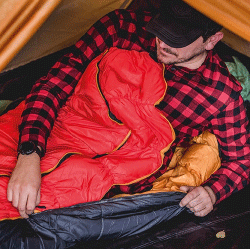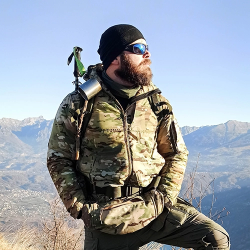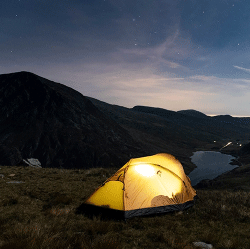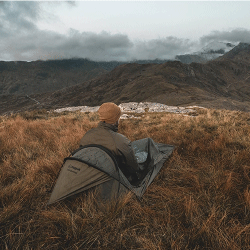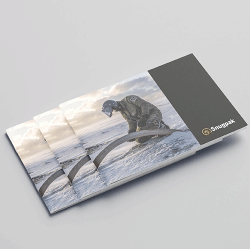
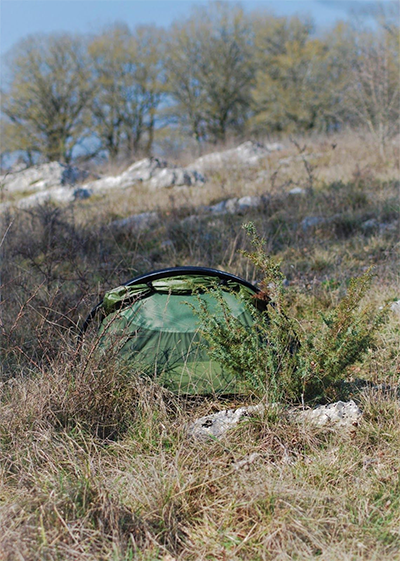
Tracking Wolves In The Wilderness With SNUGPAK Part 2
We catch up again with Snugpak Ambassador Perry McGee from the UK’s National Tracking School, as he talks about how he has adapted the Snugpak Stratosphere tent and Jungle Hammock to help him photograph wild wolves.
The perfect combination
Professional trackers - or tactical searchers as they’re known - are taught to be at one with nature and to respect their environment, especially in the wilderness. This principle applies when we adapted and used the Stratosphere and Jungle Hammock on our recent expedition. Both can be adapted, improvised and positioned so that they are not easily recognisable – often by positioning them against the local background or by using simple camouflage. We use whatever is to hand, or foliage, attached to the outside of the canopy. The real skill is using just the right amount, so that it looks natural in the surroundings.
The art and topic of outdoor rural concealment, along with improvisation and camouflage of hides, is vast and is mostly mastered by the military or specialist law enforcement units. However, there are many occasions (especially when searching for wildlife) where there is an immediate need to create either a quick place to rest, or, to improvise and construct a stealthy covert hide.
When improvising or positioning a hide using the Stratosphere, we always considered the following: Shape, Shine, Shadow, Silhouette, Spacing, Movement, Noise and Odours. Perhaps the main skill, specifically in the rural environment, is to always know when and where the wind will change direction (relative to the subject). Any smells created in the hide can be disguised using foliage, and the Stratosphere’s viewing flap can also be used as support for camouflage. The Jungle Hammock was also perfect as a camouflaged covering, secured using its carabiners. When we tracked the wolves, we positioned the open viewing area of the Stratosphere in the sight line of the subject or their trail, and it was the perfect place to locate a time-lapse camera.
For us, the Jungle Hammock compliments the Stratosphere and is yet another essential piece of equipment to consider having with you when you are planning on venturing outdoors. Snugpak’s Jungle Hammock design has a weight tolerance of 175 Kg, giving it many uses, and it also includes a useful insect preventative covering. It is made from 20 D Polyester with 1000 mesh per square inch parachute nylon material, making it light, strong and durable. The weight and packaging again allow it to fit nicely into the top or bottom or a Snugpak rucksack and its cordage and carabiners can be improvised in other ways too.
In our next post, Perry will tell us about his close encounters with the wolves – and the help he got from Snugpak in tracking them.

